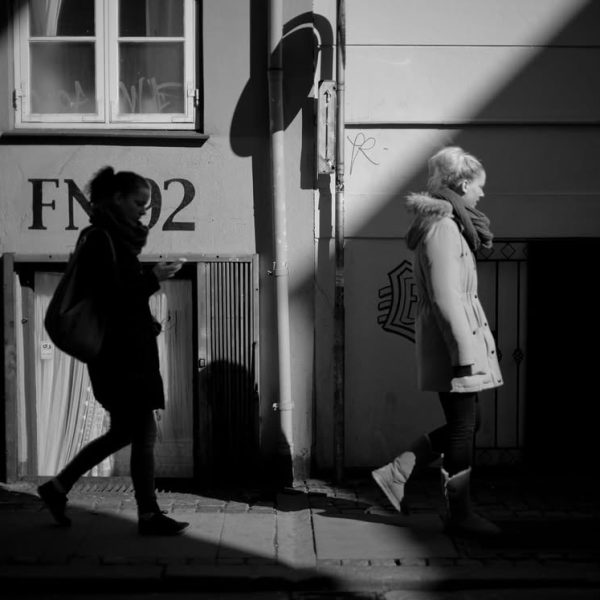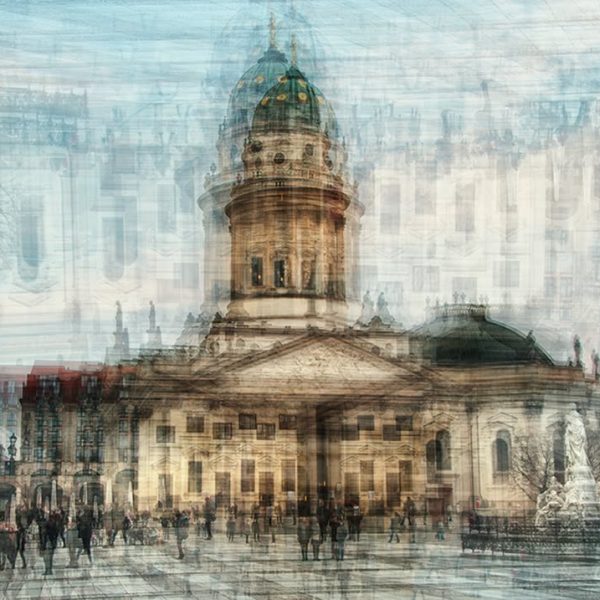-
DPC posted in the group Daily Photo Digest
Alexander Hesler. Studio Portrait of Abraham Lincoln, Chicago, 1860
Photo Credit: Library of CongressAlexander Hesler was a noted American photographer active in the 19th century, renowned for his portraits of prominent figures of his time. One of his most famous subjects was Abraham Lincoln.
The most notable photographs taken by Hesler of Abraham Lincoln were produced in 1860, during Lincoln’s campaign for the United States presidency. On June 3, 1860, Hesler took a series of portraits of Lincoln in his studio in Chicago. These images are significant because they helped to shape Lincoln’s public image at a crucial time in his political career.
The Hesler portrait from this session is especially well-known because it presents Lincoln without the beard he famously grew while in office. The photograph showcases Lincoln’s raw, unembellished visage, which was a truthful representation that appealed to the electorate.
This session’s images were widely circulated, and Lincoln himself was said to have liked them, remarking that they were “the best likenesses” he had ever seen. They contributed to the public’s perception of Lincoln and are still among the most recognized images of him today.
These photographs hold a prominent place in the history of American political imagery and are celebrated for their historical value and artistic quality. Like with our previous post, this it would is also colourized version of the original black and white photograph.
Alexander Hesler, like many photographers of his era, would have used a large format camera typical of the mid-19th century. These cameras were often large and bulky, requiring a tripod for support due to their size and the slow exposure times needed. They worked with glass plates coated in light-sensitive chemicals to capture images—a process known as wet plate collodion photography, introduced in the 1850s.
The wet plate process involved coating a glass plate with a collodion solution, sensitizing it in a bath of silver nitrate, exposing it while still wet, and then developing it quickly before the plate dried. This required a portable darkroom for on-site development when working outside a studio.
The camera itself would have had a bellows and used a simple lens. The photographer could control focus by moving the lens closer or farther away from the plate. Shutter speeds were not a feature of these early cameras; instead, exposure was controlled by removing the lens cap manually for a counted number of seconds or minutes, depending on the light conditions.
#AlexanderHesler #PhotoDigest #AbrahamLincoln #HistoricalPhotography #AnalogPhotography #Colourization
About Me

DPC | Digital Photography Courses
DPC Tutor
DPC is your go-to hub for enhancing your photography skills and connecting with like-minded creatives. From in-depth tutorials on camera techniques to compelling stories of renowned photographers, we offer a wide array of content. Whether you're a seasoned professional or an enthusiastic beginner, our tribe aims to inspire, educate, and foster meaningful conversations about photography. Join us to take your passion to the next level.
Vision
Creating and fostering a vibrant community that is in love with photography; a global tribe where every member is inspired, connected, and empowered.
Mission
Inspire a profound love and passion for the art of photography within each of our members. (Passion)
Cultivate a global, interactive tribe of photographers where they can connect, share, and learn. (Tribe)
Deliver quality courses and tutorials, suitable for individuals with varying interests and skill levels. (Learning)
Uphold a culture of generosity and support, consistently prioritising the needs and development of our community. (Support)
Recent Posts

Tim Laman: Documenting Rare Species in Wildlife Photography
- 11 December 2025

Thorsten Overgaard: Amazing Street Photography
- 11 December 2025

Stephanie Jung: The Art of Abstract Urban Photography
- 9 December 2025










